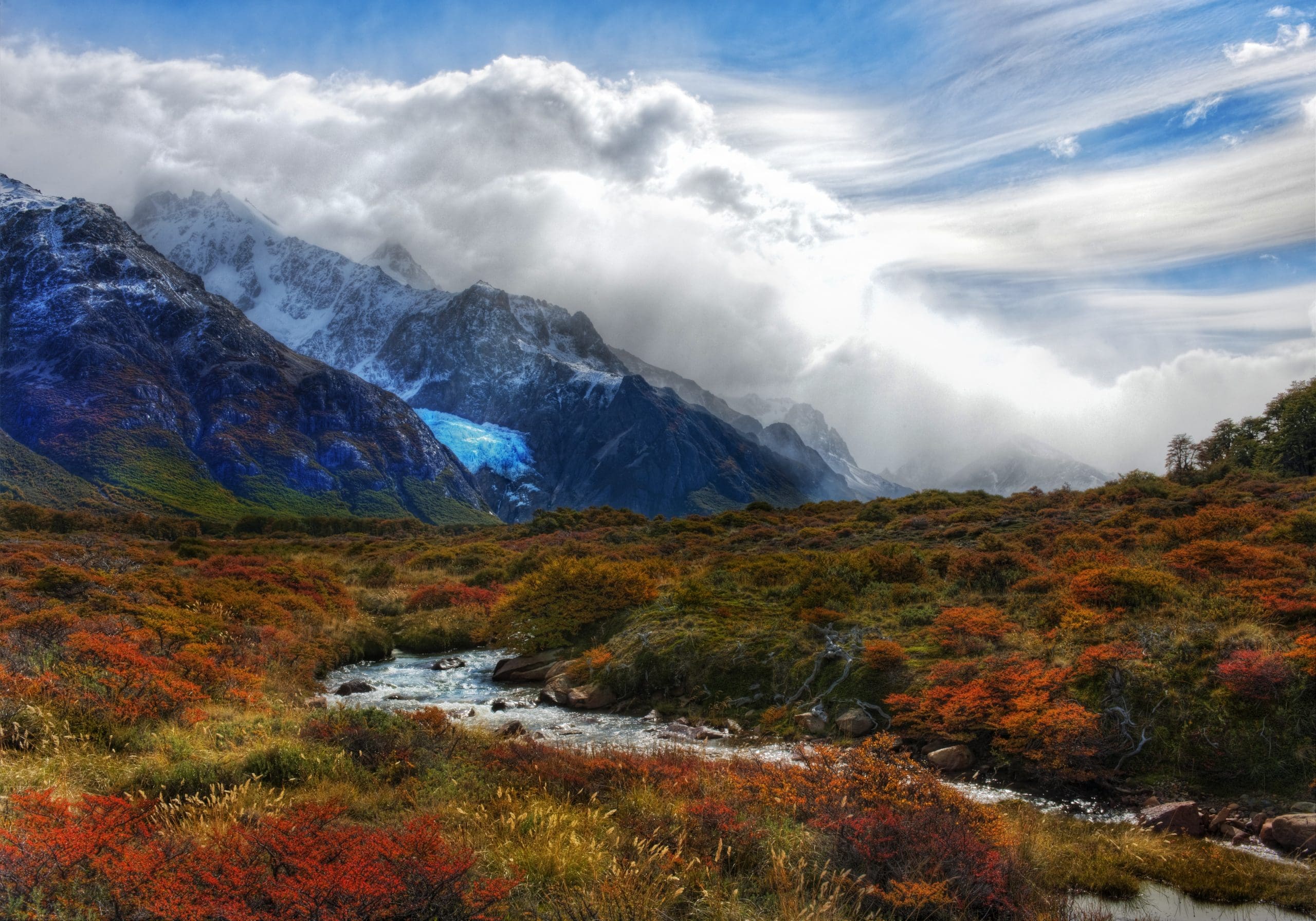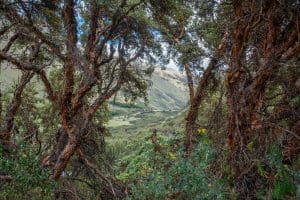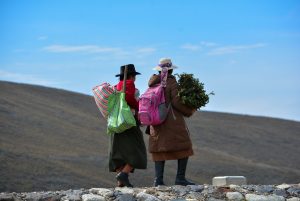Glacier Melt And Forest Restoration: What’s The Connection?

Did you know that glaciers act as time capsules, preserving invaluable climate records from thousands of years ago? As they melt, we lose not only a glimpse into our planet’s past, but also vital freshwater resources. Climate change has led to a 30–50% reduction in Andean glaciers over the past 30 years, threatening water security for the 90 million people who depend on their meltwater for agriculture, daily use, and industry. In 2024, Venezuela became the first Andean nation in South America to lose all its glaciers in modern history, highlighting the critical impact of ice loss on local water supplies and climate history, while underscoring the need for comprehensive approaches to address climate change.
Regenerating forest ecosystems is a cost-effective and tangible way to protect against drought and achieve climate resilience. That’s because forests play a profound and sometimes surprising role in the water cycle. They enhance groundwater recharge by capturing rainfall and allowing it to infiltrate the soil, which sustains river flows and maintains water supplies. Through the process of transpiration, trees release water vapor into the atmosphere, contributing to cloud formation and precipitation — essential for regions reliant on seasonal rainfall for agriculture.
Large-scale forest restoration can even influence precipitation patterns worldwide. For example, forest restoration in the Amazon can impact rainfall as far afield as Europe and Eastern Asia! The forests in South America are more than just regional rainmakers. They are part of a complex system that sustains our planet, and thus stewarding these ecosystems is a global imperative.
Strengthening the role of forests in promoting water resilience is crucial for safeguarding both human and ecological communities. At Global Forest Generation, we recognize the intertwined nature of these challenges. Just as glaciers preserve climate history and regulate water supplies, forests play a critical role in maintaining environmental balance and water cycles. By revitalizing these ecosystems, we strive to enhance water resilience, support biodiversity, and ensure a sustainable future.

